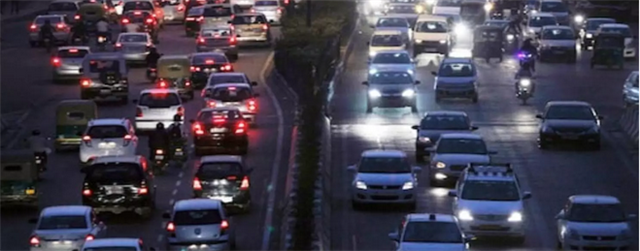We have just replaced our 15 year old VW Touran diesel with a T-Cross 1.0 TSi. This is, as all new cars, fitted with lane keeping assist. I was wondering what would happen if it got confused? Could I, or my wife, fight it and win. Looking at the Bosch variant it either uses the electric power steering, if fitted, or brakes individual wheels using the ESP.
https://www.bosch-mobility.com/en/solutions/assistance-systems/lane-keeping-assist/
“Lane keeping assist uses a video camera to detect the lane markings ahead of the vehicle and to monitor the vehicle's position in its lane. If the vehicle’s distance to the lane markings falls below a defined minimum, the system steps in. In vehicles with electric power steering, it gently, but noticeably countersteers in order to keep the vehicle in the lane. In vehicles without electric power steering, it achieves the same effect by utilizing the electronic stability program (ESP®) to brake individual wheels.
Drivers can override the function at all times, so they retain control of the vehicle. If they activate the turn signal in order to intentionally change lanes or turn, the system does not intervene.”
I am fairly happy with these various assist systems so long as the appropriate risk assessment and performance level calculations have been carried out, so not designed like the Boing anti stall system.
Some while ago I started a thread on EVs apparently becoming immobilised due to battery or other failures.
https://engx.theiet.org/f/discussions/28694/evs-immobilised-by-flat-batteries-or-breakdowns
The new car has a DSG transmission and the selector lever is locked in Park when the ignition is switched off. It requires 12V to be available to release it, so flat battery and the car is immobilized. Reading deeply in the handbook it can be released with a screwdriver (supplied with the car but buried under the spare wheel) by opening a flap in front of the (conventional) hand brake lever. Who, other than an Aspergers spectrum engineer, would actually look that up?

